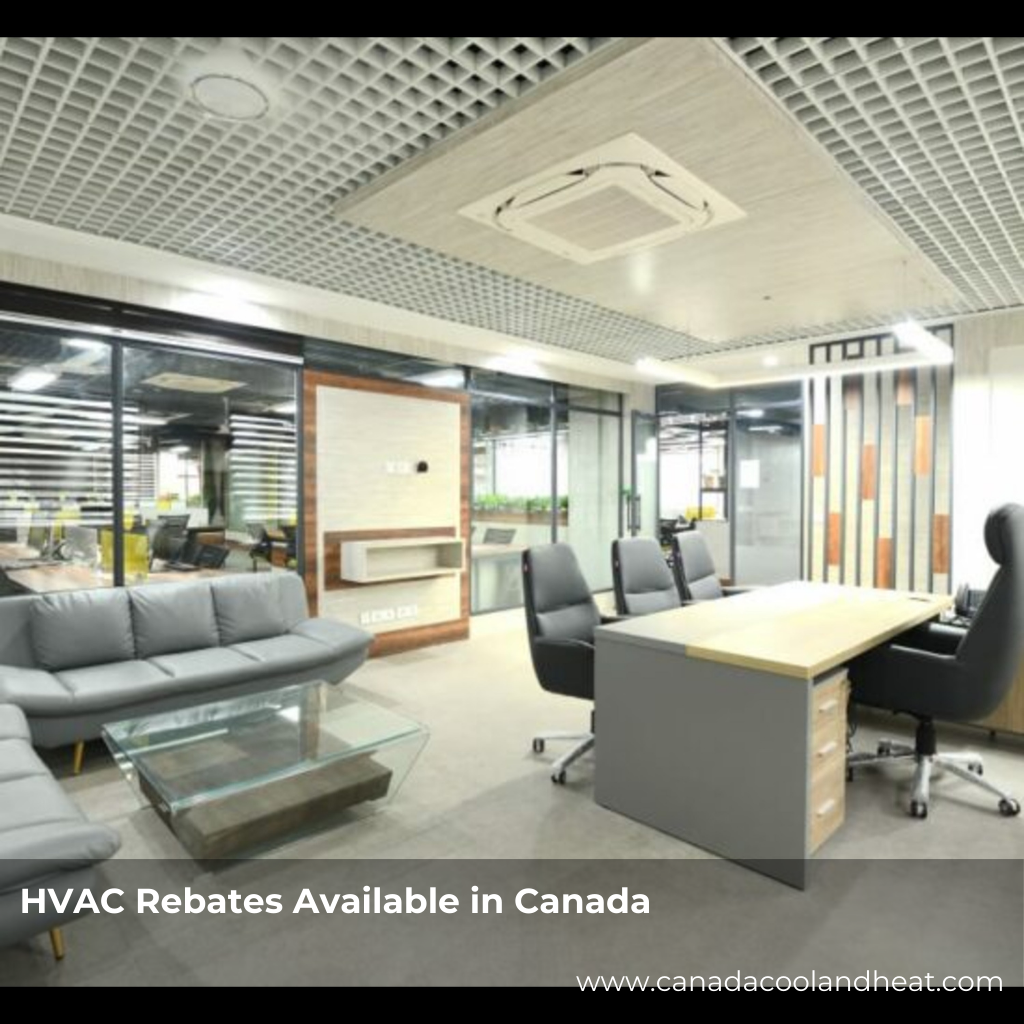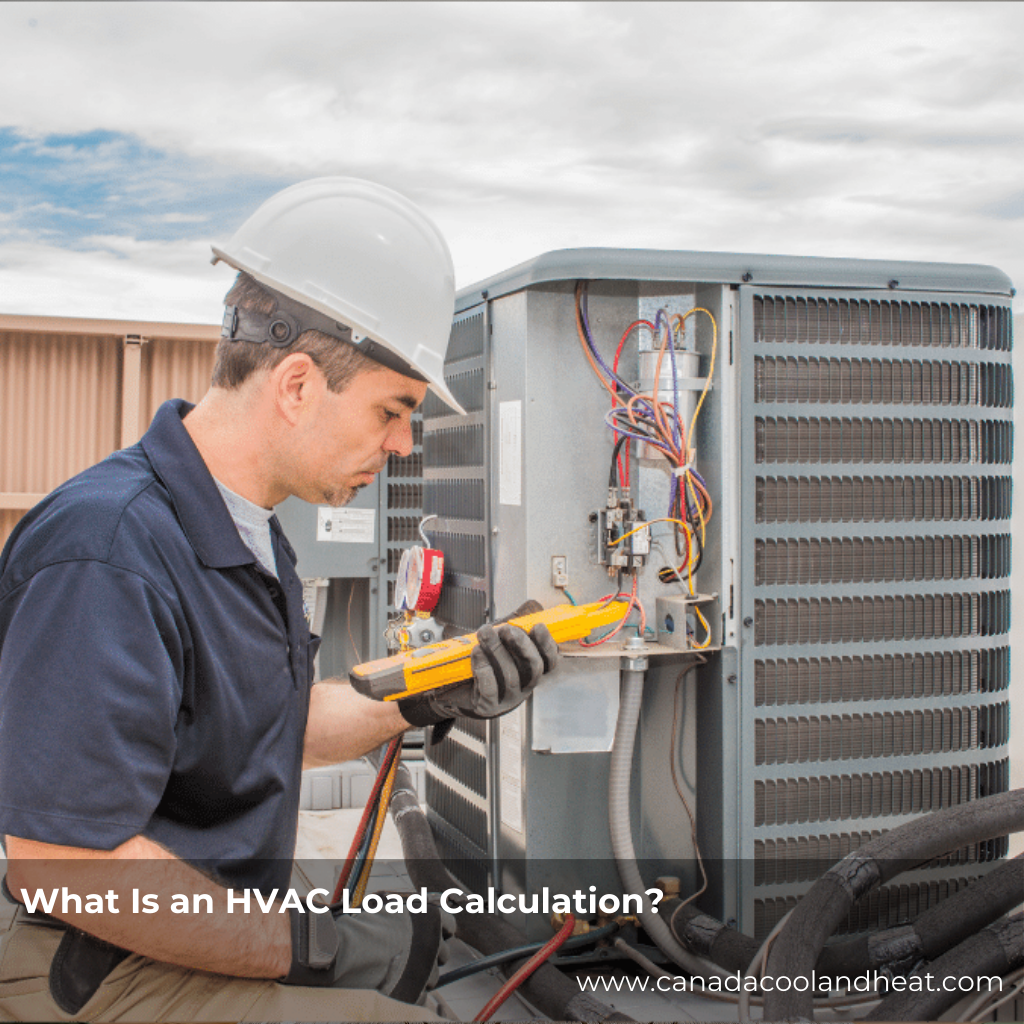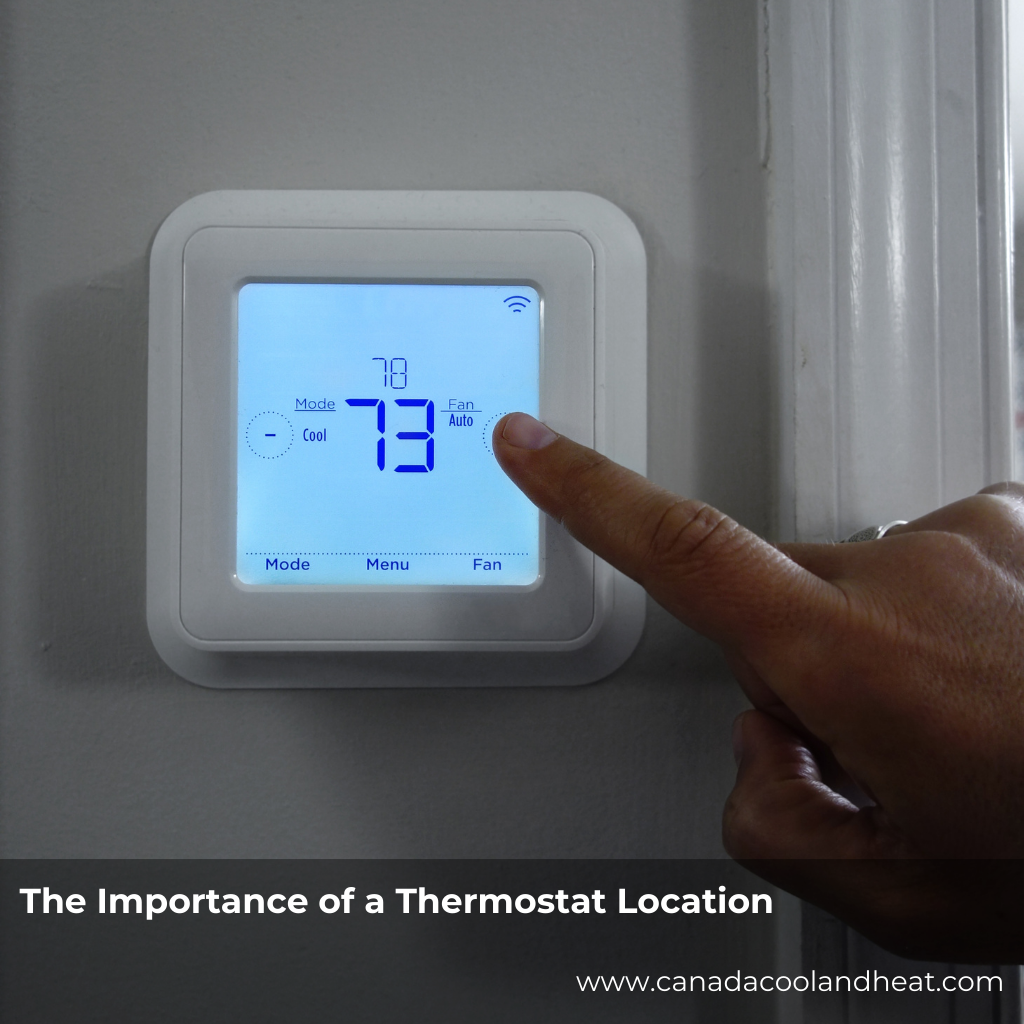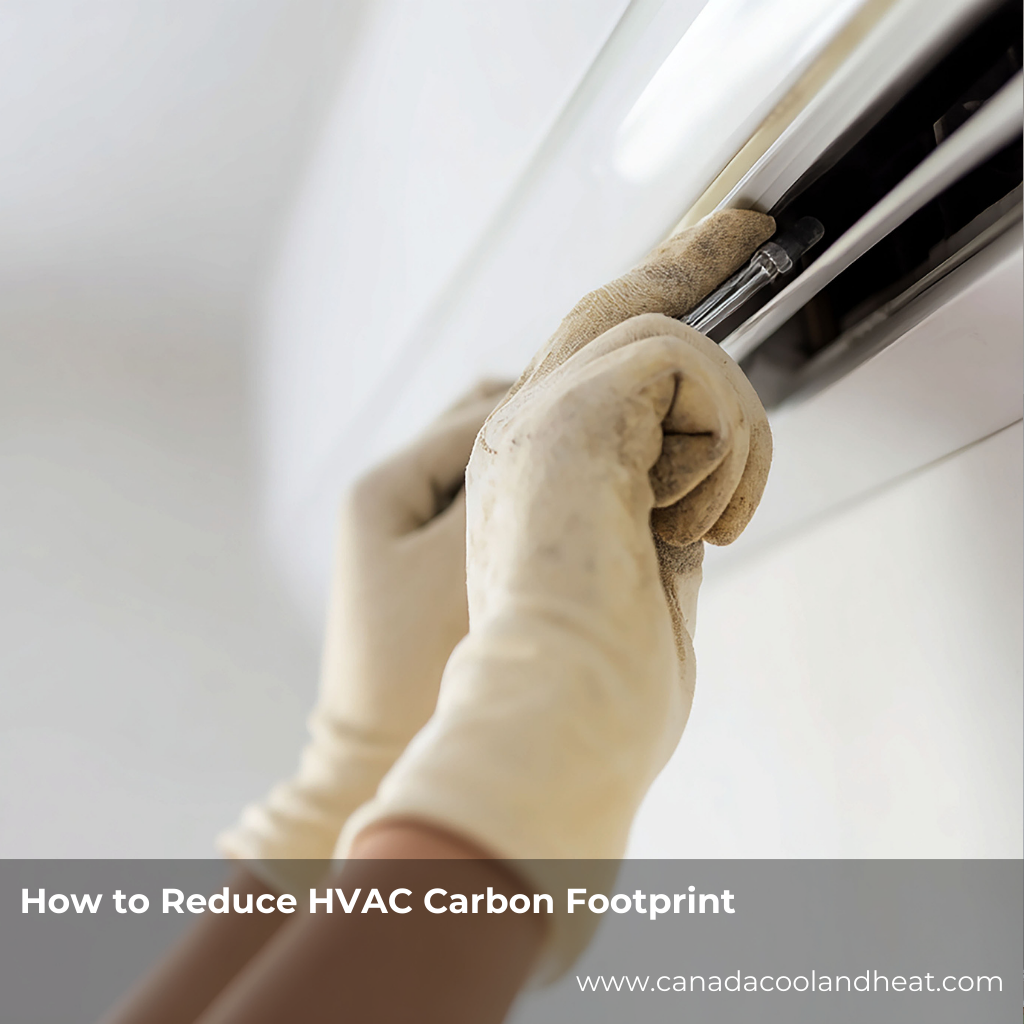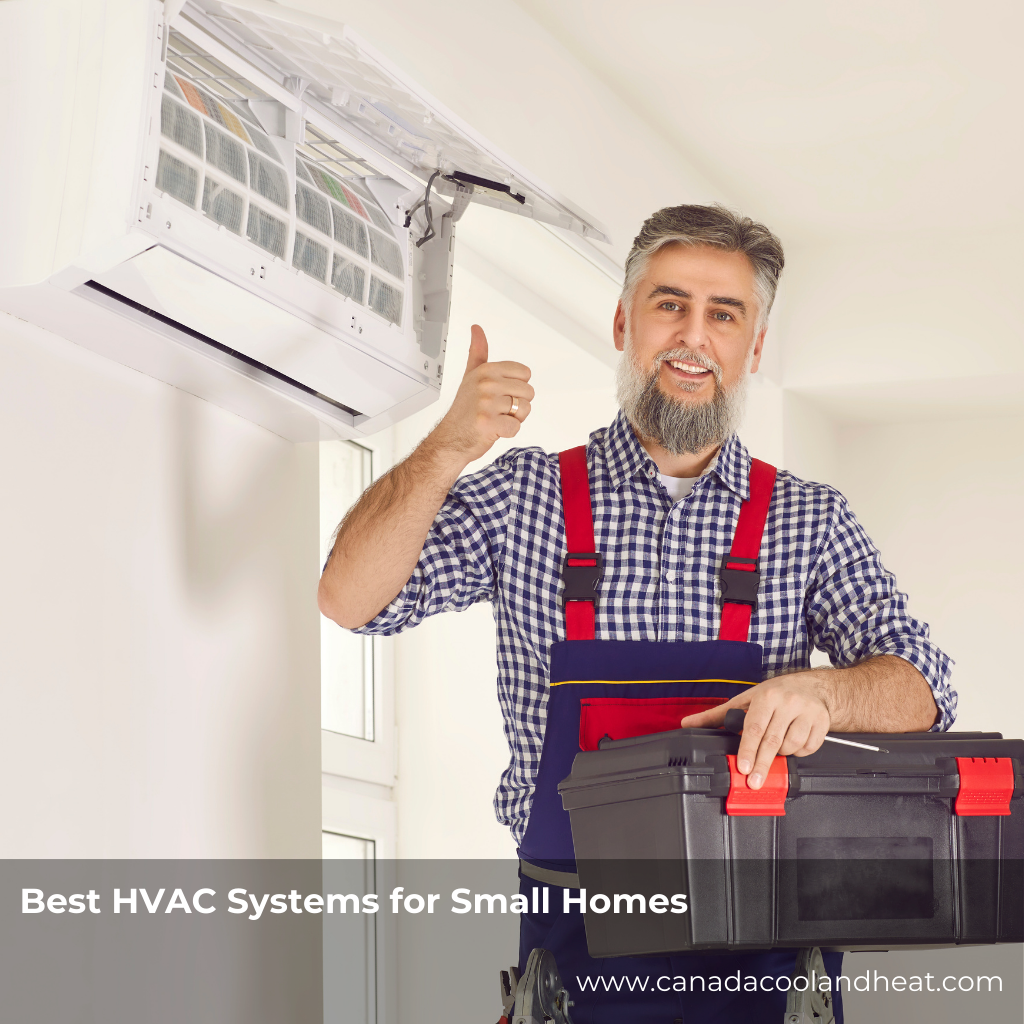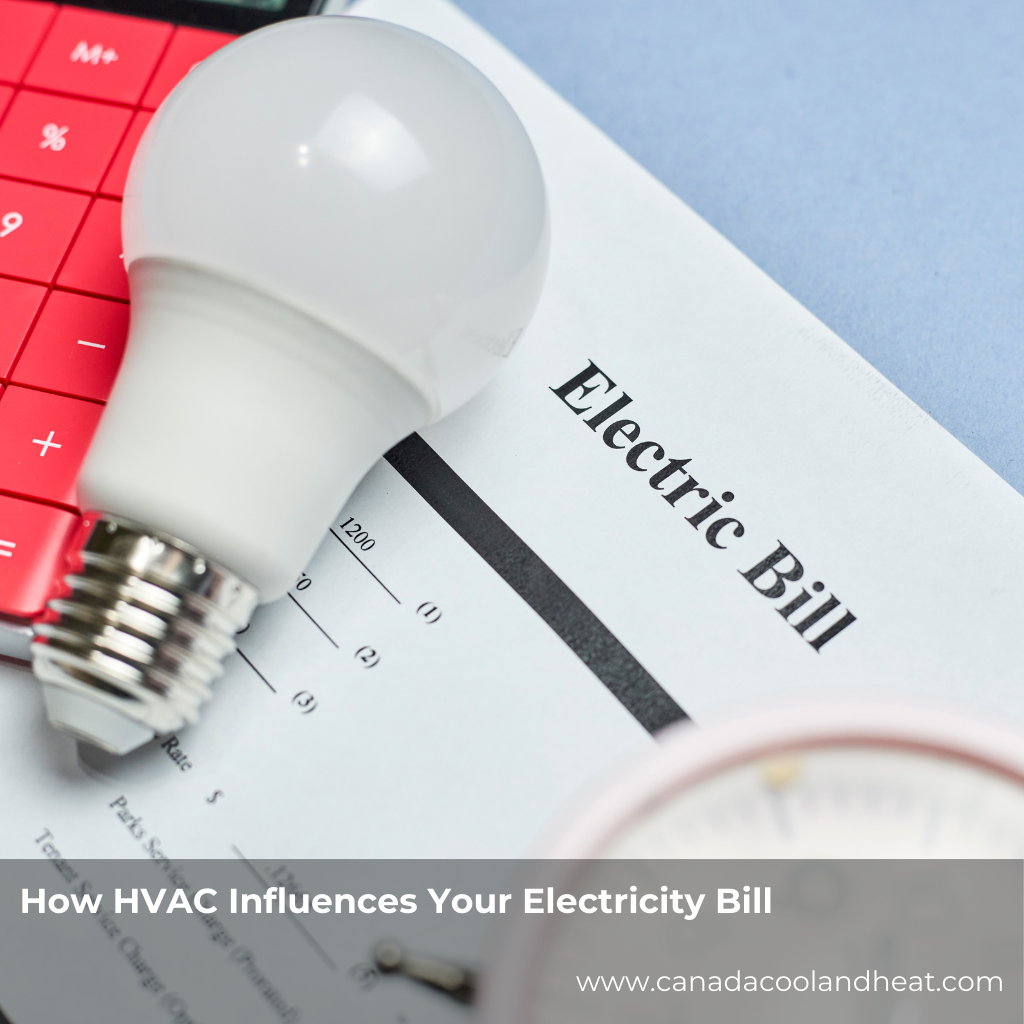Why Proper Kitchen Ventilation Matters
Cooking releases heat, steam, grease, and microscopic particles into the air. If left unchecked, these contaminants don’t just make your kitchen smell like last night’s dinner — they can damage cabinets, trigger allergies, and even affect your HVAC system.
A vent hood is your first line of defense. It draws contaminated air away from the cooking surface, filters it (in recirculating models), or exhausts it outside (in ducted models). But here’s the thing — it doesn’t work in isolation. Every cubic foot of air your hood removes has to be replaced somehow, and that’s where your HVAC system comes into play.
How Range Hoods Affect HVAC Balance
Your home’s HVAC system is designed for a delicate balance of supply and return airflow. A powerful range hood can disrupt that balance if it exhausts more air than your home can naturally replace.
The Pressure Problem
-
Negative Pressure: When the vent hood pulls out more air than the home draws in, it creates negative pressure. This can cause backdrafting in gas appliances, pulling combustion gases like carbon monoxide into the living space.
-
Positive Pressure: Less common in kitchens, but if makeup air systems oversupply, it can push conditioned air out, wasting energy.
HVAC System Strain
If your vent hood is too large or used without proper makeup air, your HVAC system works harder to maintain temperature and air quality, increasing energy bills and shortening system lifespan.
Sizing Guidelines for Range Hoods
The right range hood size depends on your cooking style, stove type, and kitchen layout. Oversizing wastes energy; undersizing leaves smoke and odors behind.
General Sizing Rules:
| Stove Type | CFM Recommendation* | Notes |
|---|---|---|
| Electric cooktop | 100 CFM per linear foot | Suitable for lighter cooking |
| Gas cooktop | 100–150 CFM per linear foot | Higher due to more heat & combustion gases |
| Professional gas range | 600–1200+ CFM total | Requires makeup air system |
| Outdoor kitchen grill | 1200+ CFM total | Handles intense heat & smoke |
*CFM = cubic feet per minute of air moved.
Example:
A 36-inch (3 ft) gas cooktop × 125 CFM/ft = 375 CFM recommended hood capacity.
Makeup Air — The Unsung Hero
In Canada, building codes often require a makeup air system for any hood over 300–400 CFM. This system brings in fresh, tempered air to replace what the hood removes, preventing negative pressure.
A good makeup air system:
-
Integrates with your HVAC so incoming air is preheated in winter and cooled in summer.
-
Uses dampers to open only when the hood is running.
-
Meets local code requirements for safety.
Canadian HVAC Rebates for Kitchen Ventilation
Across Canada, homeowners can take advantage of federal and provincial programs that reward energy-efficient HVAC upgrades — and yes, that can include ventilation systems.
Federal Programs
-
Canada Greener Homes Grant: Offers up to $5,000 for eligible energy-efficiency improvements, including some ventilation upgrades when tied to HVAC system performance.
-
Canada Greener Homes Loan: Interest-free loans up to $40,000 to cover the cost of upgrades.
Provincial Programs
-
Ontario: Enbridge Home Efficiency Rebate Plus — rebates for integrated HVAC upgrades, including makeup air and energy recovery ventilators (ERVs).
-
BC: CleanBC Better Homes — rebates for high-efficiency ventilation systems paired with heat pumps.
-
Quebec: Rénoclimat — financial assistance for improving home ventilation and air tightness.
Pro Tip: Rebates typically require a home energy audit before and after the upgrade, so plan your project timeline accordingly.
Practical Tips for Homeowners
-
Get Professional Sizing: Avoid guesswork; a licensed HVAC technician can calculate the correct hood capacity and makeup air needs.
-
Consider an ERV/HRV: Energy or heat recovery ventilators exchange stale kitchen air with fresh outdoor air while reclaiming heat or cooling energy.
-
Balance Aesthetics and Function: Ductless hoods can work in condos where venting outside isn’t possible, but they must have high-quality filters and frequent maintenance.
-
Time Your Use: Only run your hood at high speed during cooking, then switch to low for a few extra minutes after.
Conclusion
Sam eventually replaced his oversized hood with a properly sized model and added a makeup air system — his home felt more comfortable, his HVAC ran more efficiently, and yes, his fried onions no longer lingered for days.
Proper ventilation isn’t just about comfort — it’s about safety, energy efficiency, and even qualifying for rebates. With the right range hood, balanced airflow, and awareness of Canadian programs, your kitchen can stay fresh without throwing your HVAC out of tune.
Frequently Asked Questions
1. How do I know if my range hood is too powerful?
If you notice drafts, difficulty heating or cooling, or backdrafting in gas appliances, your hood may be oversized without proper makeup air.
2. What’s the difference between ducted and ductless hoods?
Ducted hoods exhaust air outside, while ductless hoods filter and recirculate it. Ducted is more effective for heavy cooking.
3. Do all Canadian provinces require makeup air for large hoods?
Most follow similar code thresholds (300–400 CFM), but requirements vary; always check local building codes.
4. Can upgrading my ventilation help me get an HVAC rebate?
Yes — if it’s part of an integrated HVAC efficiency upgrade and meets program criteria.
5. How often should I clean my range hood filters?
Metal mesh filters: monthly. Charcoal filters (ductless): every 3–6 months.
6. Are professional gas ranges overkill for most homes?
For casual cooks, yes — they require high-CFM hoods and more complex ventilation systems.
7. What is an ERV or HRV, and why does it matter?
They bring in fresh air and exhaust stale air while conserving energy, improving indoor air quality year-round.
8. Will a larger hood always clear smoke faster?
Not necessarily; efficiency depends on placement, ducting, and balanced airflow, not just size.

